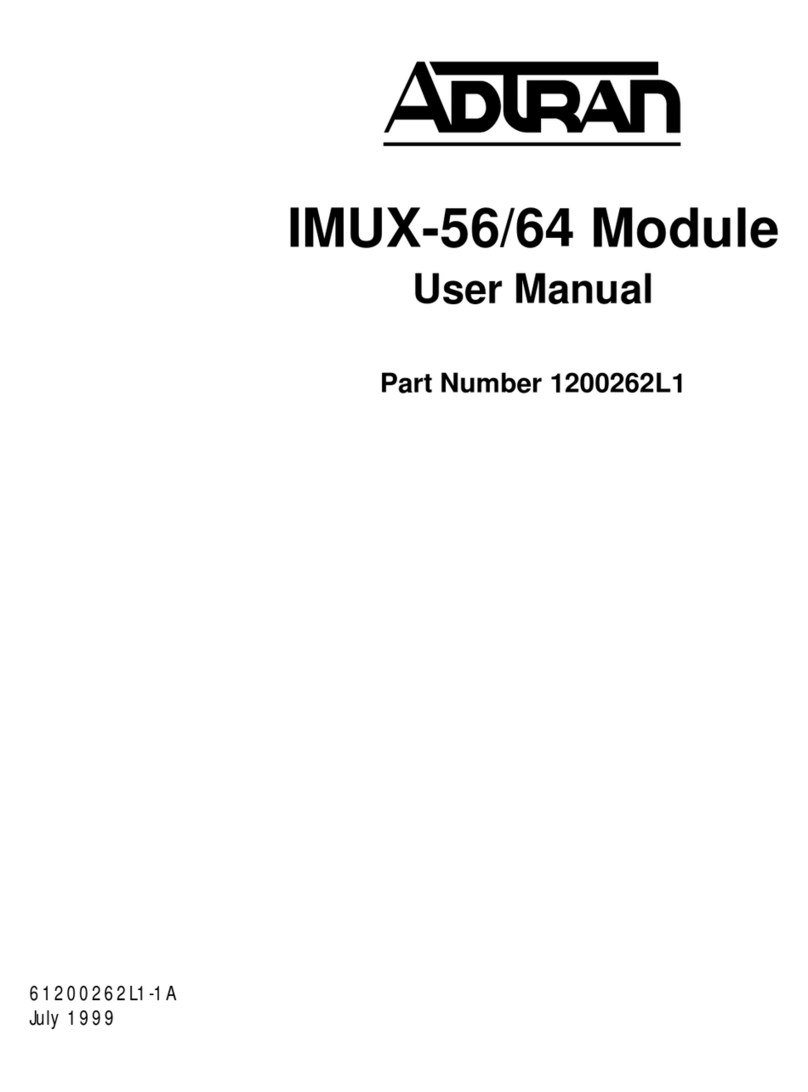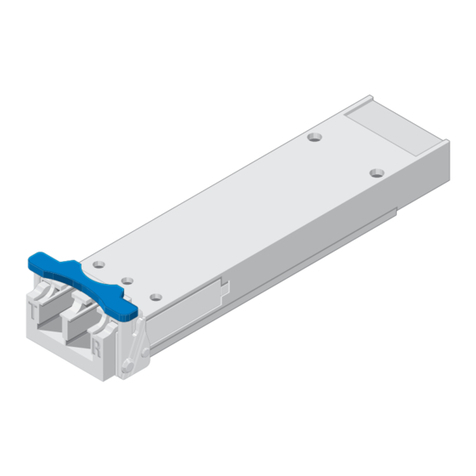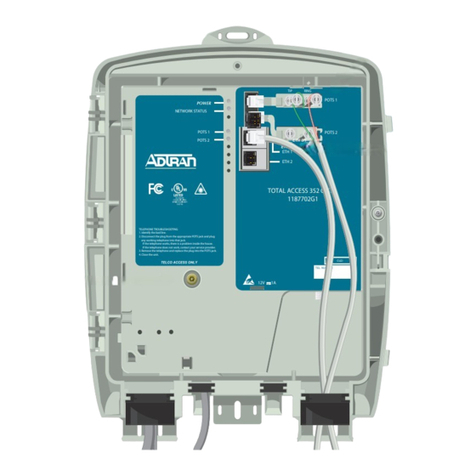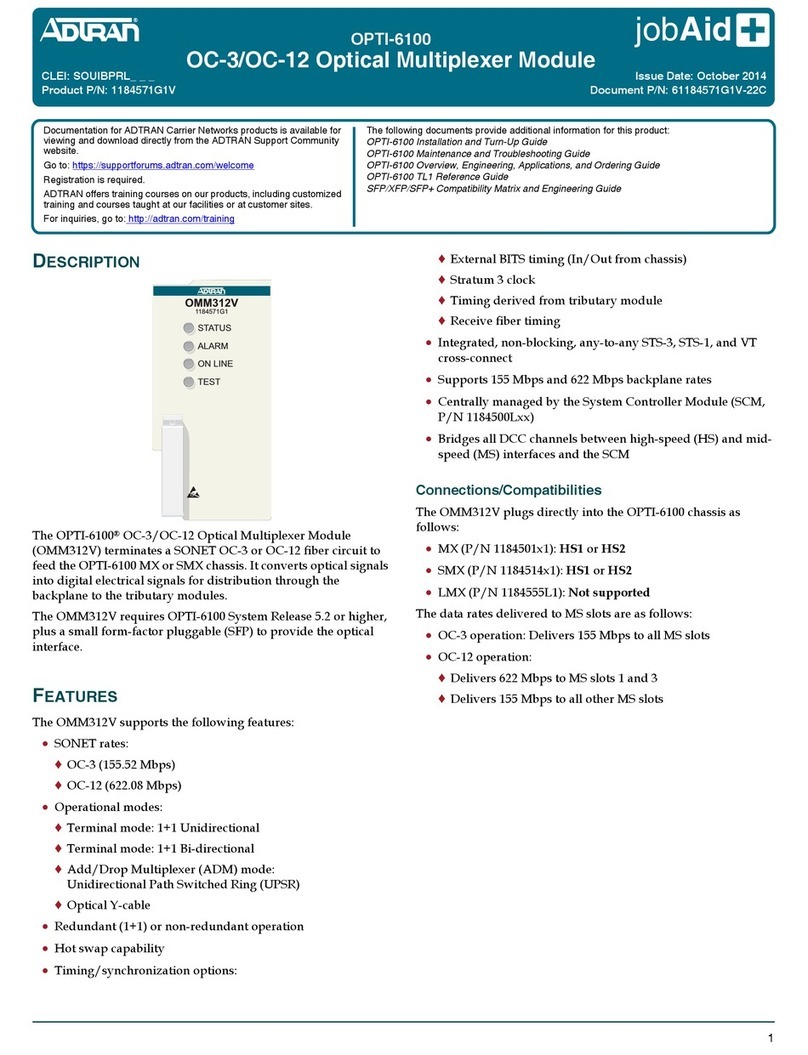ADTRAN E220 HFAC HDSL Instruction Manual
Other ADTRAN Control Unit manuals
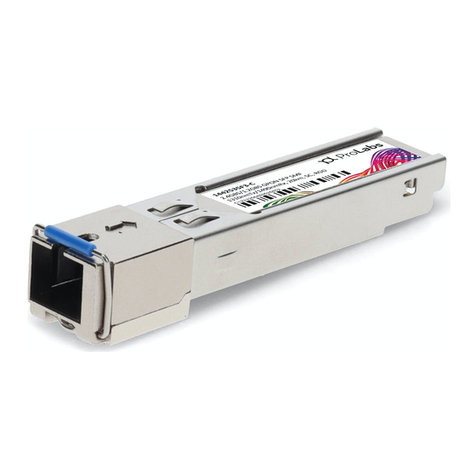
ADTRAN
ADTRAN SFP GPON ONU User manual
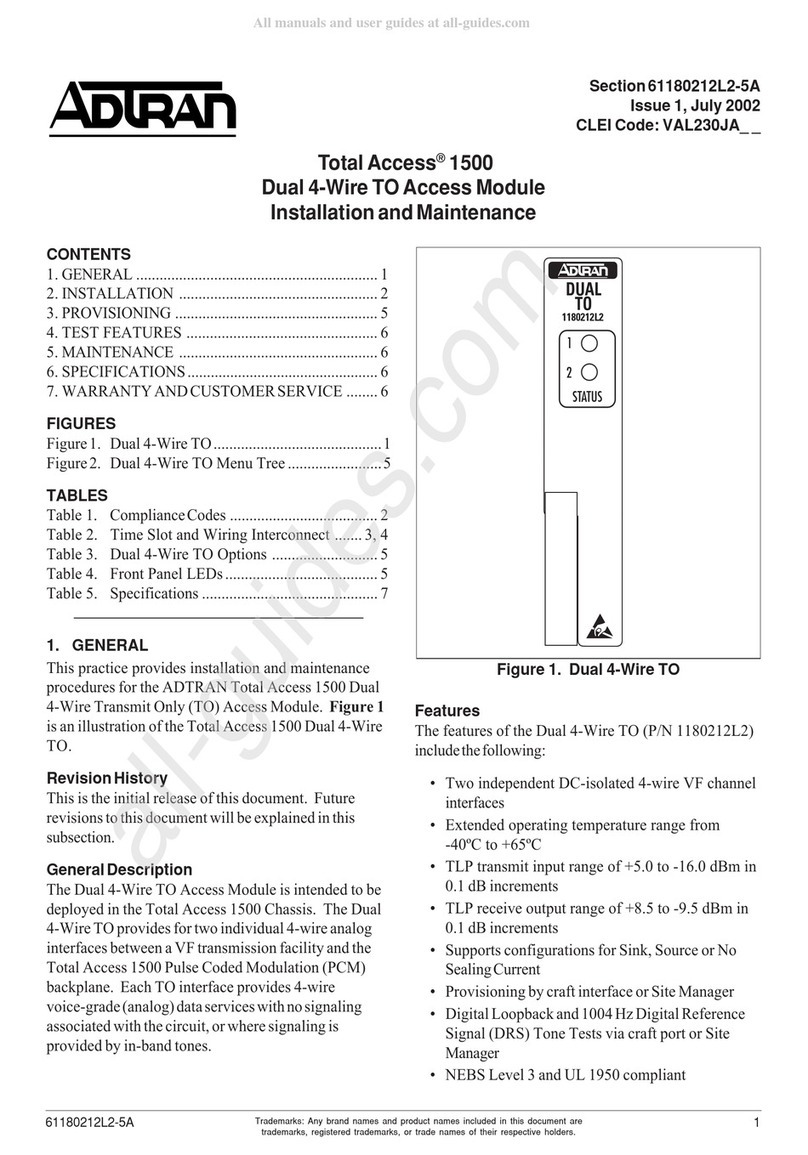
ADTRAN
ADTRAN Total Access 1500 Instruction Manual
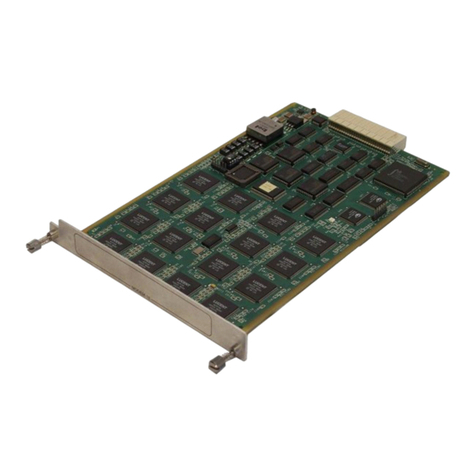
ADTRAN
ADTRAN Modem-16 Module User manual
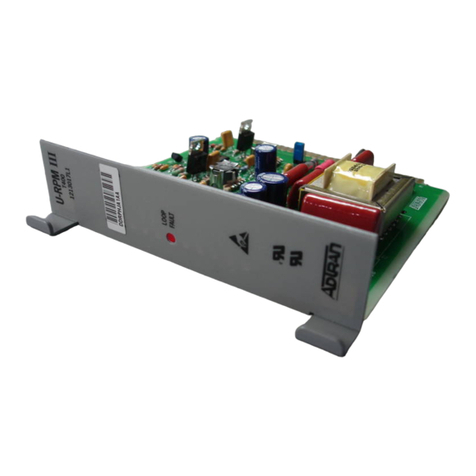
ADTRAN
ADTRAN T400 Maintenance and service guide
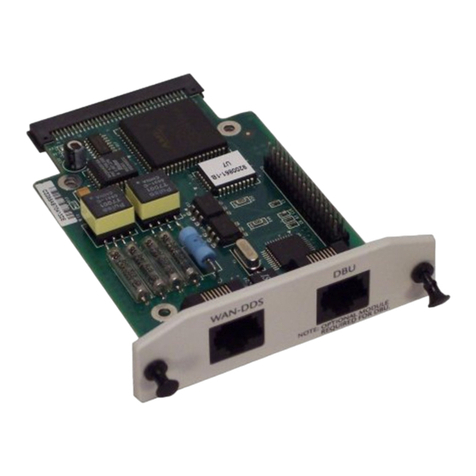
ADTRAN
ADTRAN NetVanta SHDSL User manual

ADTRAN
ADTRAN U-BR1TE Instruction Manual

ADTRAN
ADTRAN 1200068L1 HS Series User manual
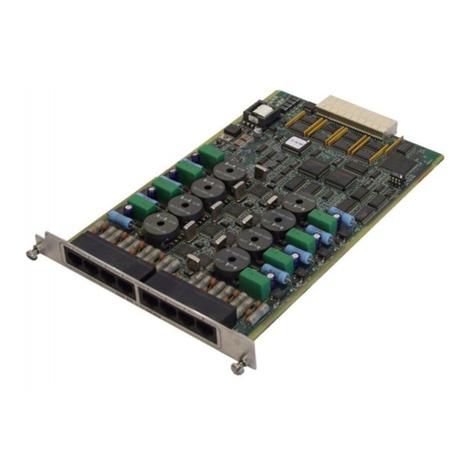
ADTRAN
ADTRAN Octal BRI/U User manual

ADTRAN
ADTRAN T3 User manual
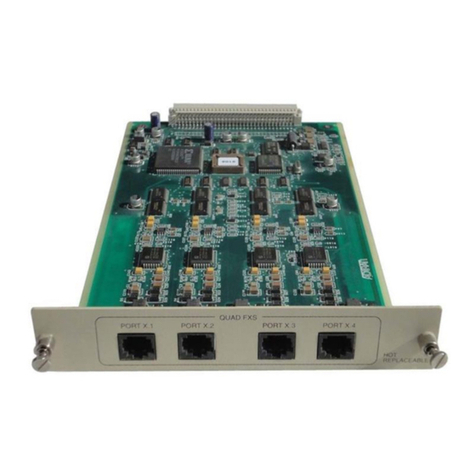
ADTRAN
ADTRAN FXS+ Quad User manual

ADTRAN
ADTRAN Job Aid+ 1442704PG2 User manual
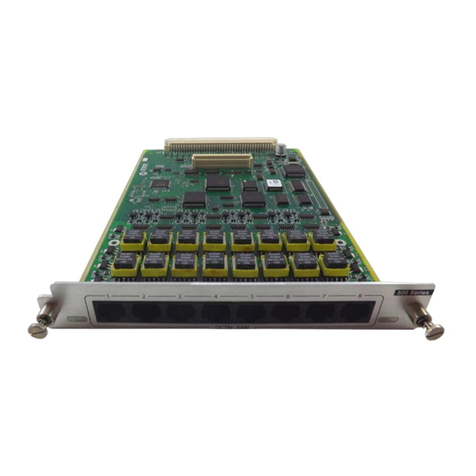
ADTRAN
ADTRAN Octal E&M User manual

ADTRAN
ADTRAN Job Aid+ 1442940G1 User manual
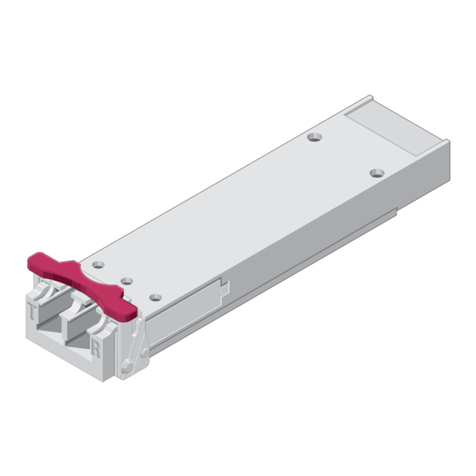
ADTRAN
ADTRAN Job Aid+ 1442982G7C User manual

ADTRAN
ADTRAN ATLAS 800 Series Module QUAD E1 User manual
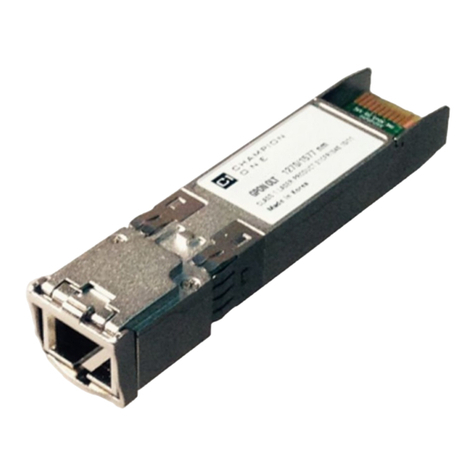
ADTRAN
ADTRAN GPON D OLT User manual
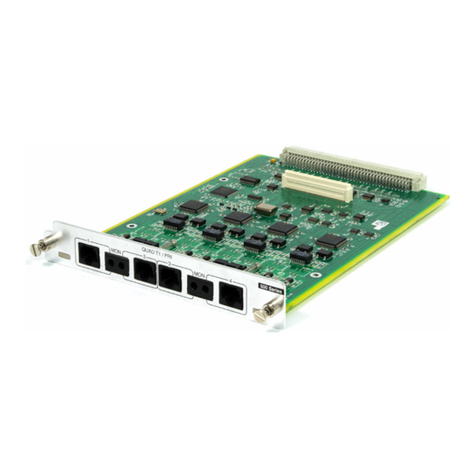
ADTRAN
ADTRAN Quad T1 User manual
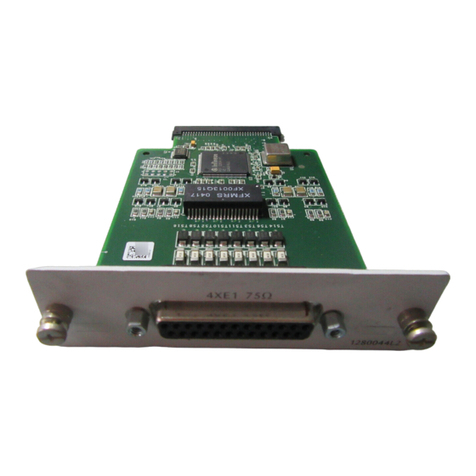
ADTRAN
ADTRAN TRACER QUAD E1 User manual
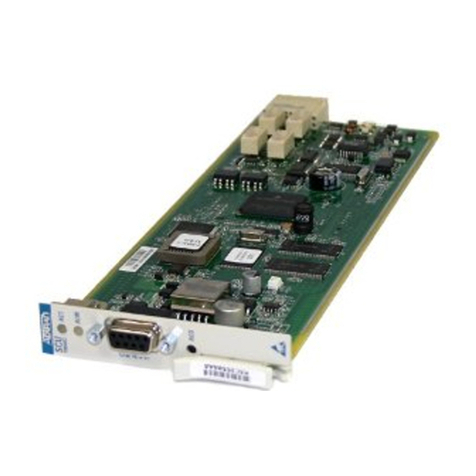
ADTRAN
ADTRAN MX2820 SCU User manual
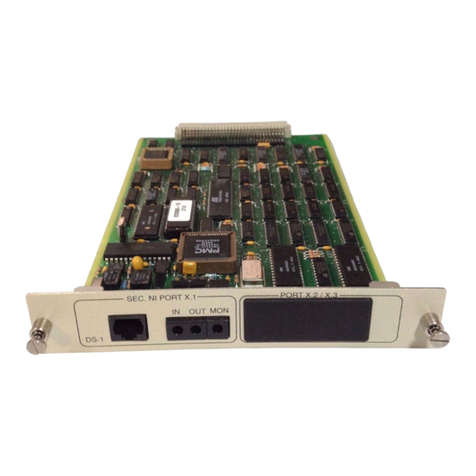
ADTRAN
ADTRAN 1200065L1-1 User manual
